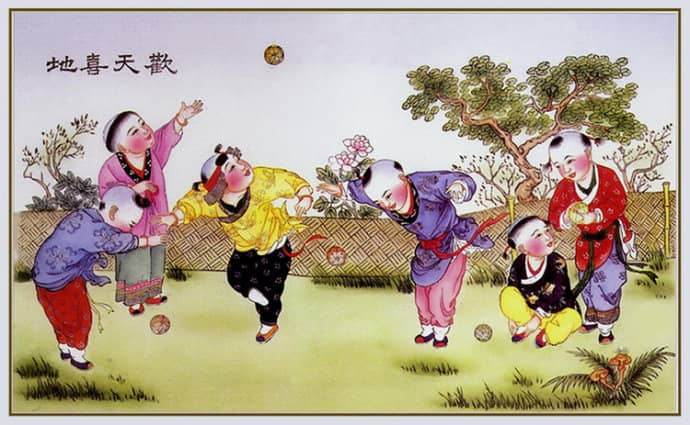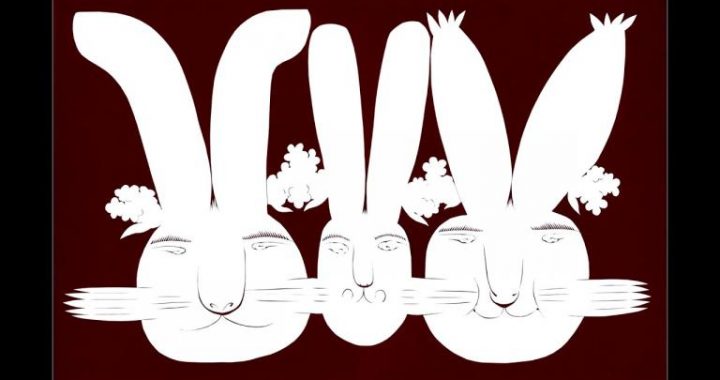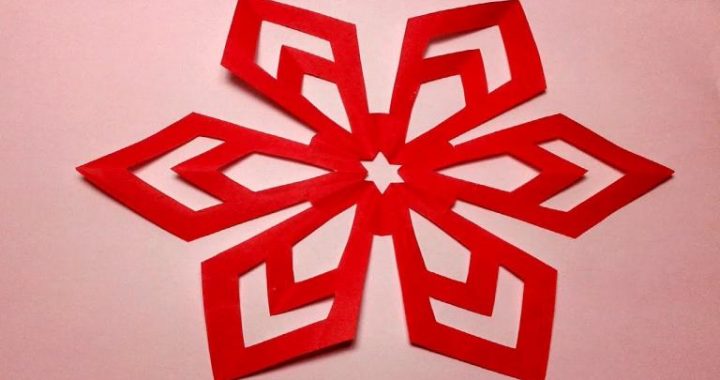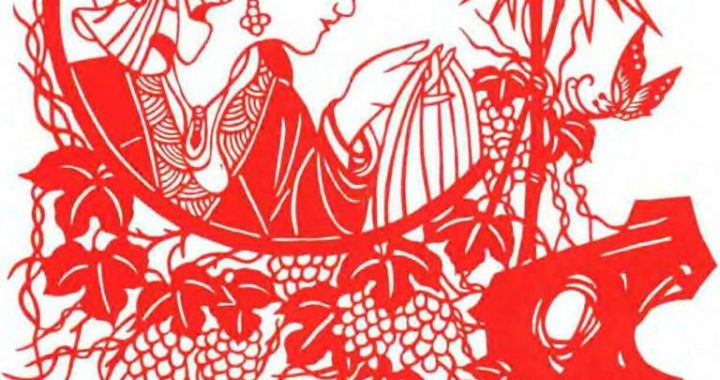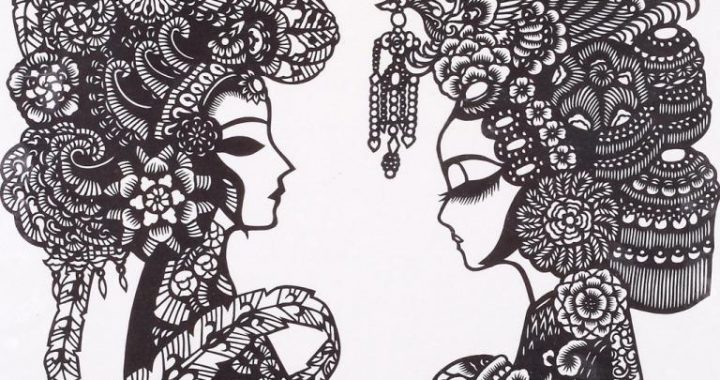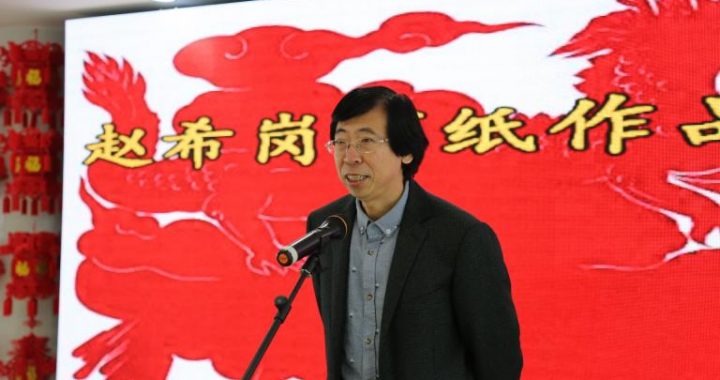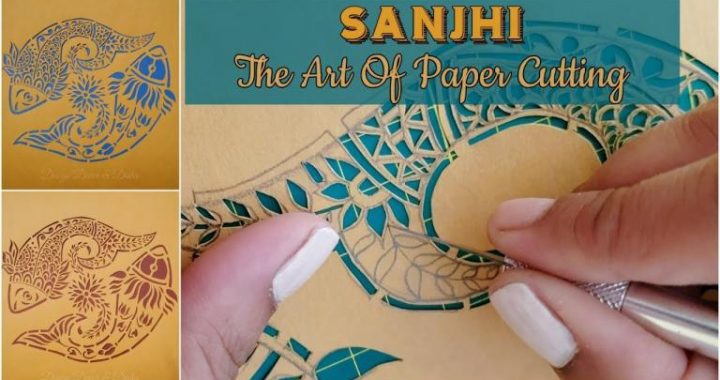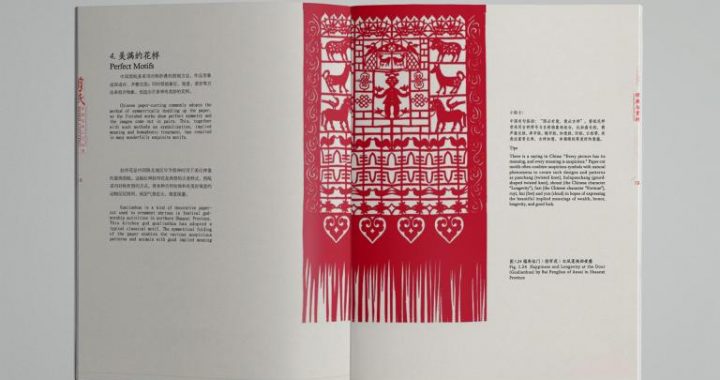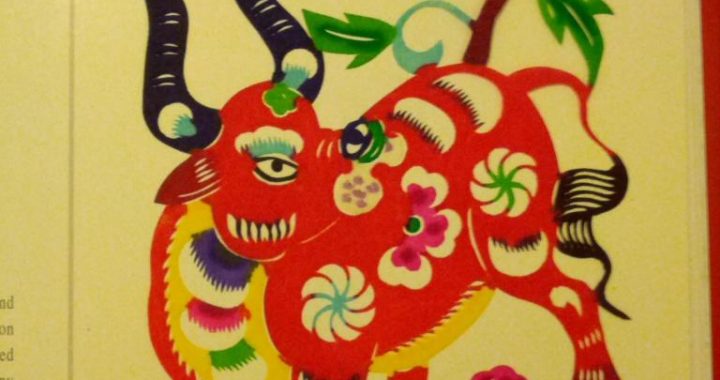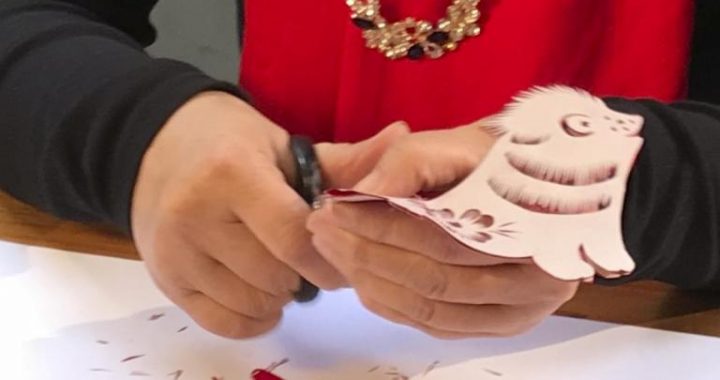New Year Painting
5 min readNew Year Paintings or Nian Hua are one form of farmers paintings and are China-specificdrawing genre. The paintings are pinned up on doors, walls, windows, cornices and furniture of homes during the Chinese Spring Festival for decoration as well as praying for blessing. They are an important part of the annual celebrations.
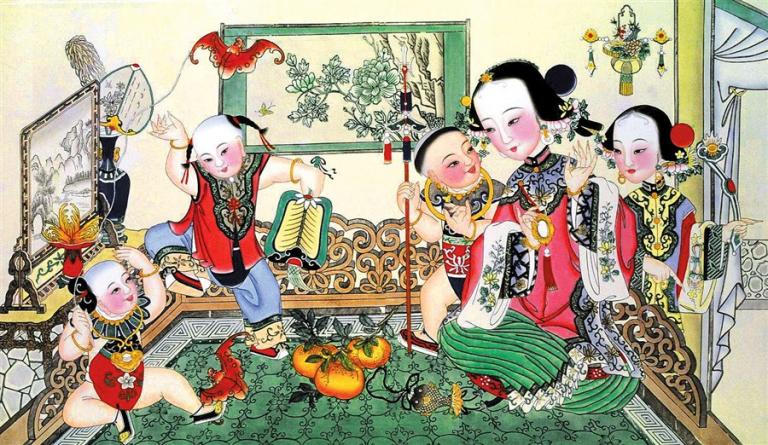
Content
New Year Paintings have a great variety of topics, the contents of which are well-wishing stories that could add to the festive atmosphere. Some come from fairy tales and classical novels. Therefore, images on the painting are of gods and deities, heroes and sages, to whomthe Chinese prayed and worshipped in return for protection and blessing. The most popular characters appearing on painting are the door gods Qin Qiong and Yuchi Gong, the demon catcher Zhong Kui, the Three Star Gods of Happiness, Wealth and Longevity, the God of Wealth, and Guanyin-the Goddess of Mercy.
Some of them carry a moral message. At a time when education was not accessible to everyone, these paintings served as useful teaching tools. Some of the typical messages are loyalty, benevolence, kindness and retribution. Beautiful lady figurines are another favorite topic for these painting. Besides, some topics about people’s everyday life are also quite popular and appear on the painting, the most common of which is a cartoon-like chubby child with short arms, short legs,a short neck, small eyes, and a big head. Playful, plump children symbolize the wish for many sons to come or a blessing for good fortune.
The iconography reflects traditional Chinese folk and popular cultures. In ancient China, people believed that numerous gods inhabited the Three Realms(heaven, earth, and the underworld) and ruled over human affairs and destiny. To fulfill their hopes for a bountiful harvest,a healthy male heir, official promotion, and other auspicious wishes, people sought the blessing of these deities by representing them graphically in a medium that has becomea unique folk art tradition known as “paper gods”or “paperjoss”.
Types of New Year Painting
New Year Painting has a long history, recorded as early as the Song Dynasty. China’s top three New Year Paintings are those developed in Taohuawu, Suzhou, Jiangsu Province, in Yangliuqing, Tianjin, and in Yangjiabu, Weifang, Shandong Province.
A. Taohuawu New Year Painting
Taohuawu New Year Painting was once one of the major paintings in China. The painting, originated at the end of the Ming Dynasty in a workshop on Suzhou’s Taohuawu Street, was highly popular during the reign of the emperors Yongzheng and Qianlong(1723-179 5) of the Qing Dynasty with annual publications up to one million. In the first half of the 20th century, New Year Painting’s production declined because of constant warfare and turmoil. After the founding of new China in 1949, great efforts were exerted in Suzhou to restore this folk art, and over 200 representative draft drawings were collated and printed.
The painting, taking the form of door painting, central painting and hanging scroll, is made delicately with one color of woodblock print being used at one time. Therefore, the production of one single painting requires at least four-time prints, sometimes even more than 10times. While maintaining simplicity, economy of means, and strong decorativeness of farm art, the craft in figure creation, cutting techniques and coloring has also been striven. The colors used are never confined only to those seen through the eye in real life; colors like scarlet, peach, yellow, green and purple are used, resulting in a gay, bright and striking style. Themes of Taohuawu Painting cover every aspect of life: stories of the Gods or heroes, customs, current news, beauty, babies, or even Kitchen God, etc. The characteristics listed above accounts for their popularity home and abroad for hundred of years.
B. Yangliuqing New Year Painting
Yangliuqing New Year Painting, which first appeared in the late Ming Dynasty, is anotherimportant genre of New Year Paintings throughout China. Because of the genre’s delicate painting style and strong rustic flavor, such pictures are quite popular. The paintings, takingmotifs from people’s daily lives, display strong local features. They are an art incorporating carving and painting and are characterized by delicate delineations, bright colors, graceful figures and extensive motifs. They feature mainly figures, includingthe most popularold-style maids and babies.
The artistic characteristics of Yangliuqing New Year Painting are multi-facets and soare the reasons of forming them. The most prominent one is reflected on the production. The production of a New Year Painting consists of several steps, including outline tracing, woodblock distribution, woodblock cutting, printing, color painting and mounting. Compared with the other genres of New Year Painting, the first four steps have nothing special but follow exactly the same procedures as the others. It is different from others in that the painting of colors is very complicated by delicately combing knife carving with brush lines which brings the best in each other. Due to painters’ different drawing styles, the same original painting can be polished into “decent painting”or made into “rough painting”, making a striking contrast with each other in style and each possessing high artistic value.
C. Yangjiabu New Year Paintings
The production of Yangjiabu New Year Painting began during the Ming Dynasty over 400 years ago and thrived in the Qing Dynasty,when there were over 100 workshops producing copies of more than 1,000 pictures.
The Yangjiabu style was,to some extent,influenced by the Yangliuqing style,while at the same time maintaining its original flavor of being unsophisticated and vivid,forming its own unique style.
Yangjiabu New Year Painting is characterized by local flavor,artistic exaggeration and sharp color contrasts.The production of Yangjiabu Painting consists of outline drawing,cutting,printing,and mounting and every step is highly refined.The first plate finishes black outlines,which then is stuck to planed pear wood or planed birchleaf pear wood to carve the main line.The next step is to use color plates.Deep colors are printed first on small sections ofa picture.Light colors are printed last on large sections of the picture.The main colors are red,yellow,purple,green,blue and black.The production is completed when the mounting is done.The contents of Yangjiabu New Year Painting come from the lives of the local people.Their motifs cover flowers,birds,mountains,rivers,characters in traditional operas and fairy tales,etc.In a word,festivity and prosperity are the permanent motifs of Yangjiabu New Year Painting.The composition of the pictures is vigorous,the depiction is exaggerated,the lines are simple and smooth and the colors are gorgeous.The bright red,green and purple colors give prominence to the rustic flavor.The collocation of colors is usually exaggerated,bold,intense,and violent in contrast.The wild lines also add a special touch of farmer style painting to the art form.The pictures highlight the bold and unconstrained character of farmers in northern China.
Chinese folk art reflects the long history of popular customs and traditions in Chinese culture.Deeply rooted in agriculture,people’s daily life and rituals are inevitably connected with nature,the surrounding landscape.Therefore,paintings drawn by local people have thesubjects,colors and techniques of their own.Chinese farmers’painting,growing out of the countryside,is the representative of farmer’s aesthetic value and thinking,Therefore,Chinese farmers’painting is not only the works adorned by people but also a channel for people to know more about farmers and their way of life.
